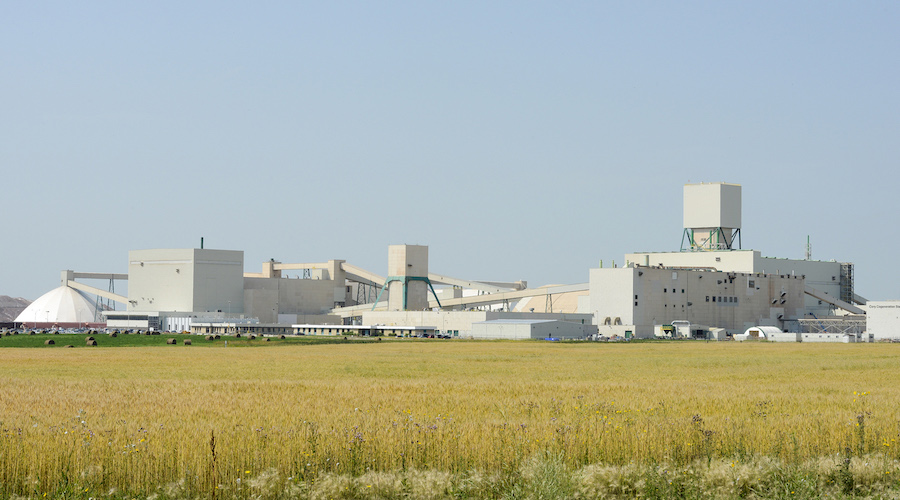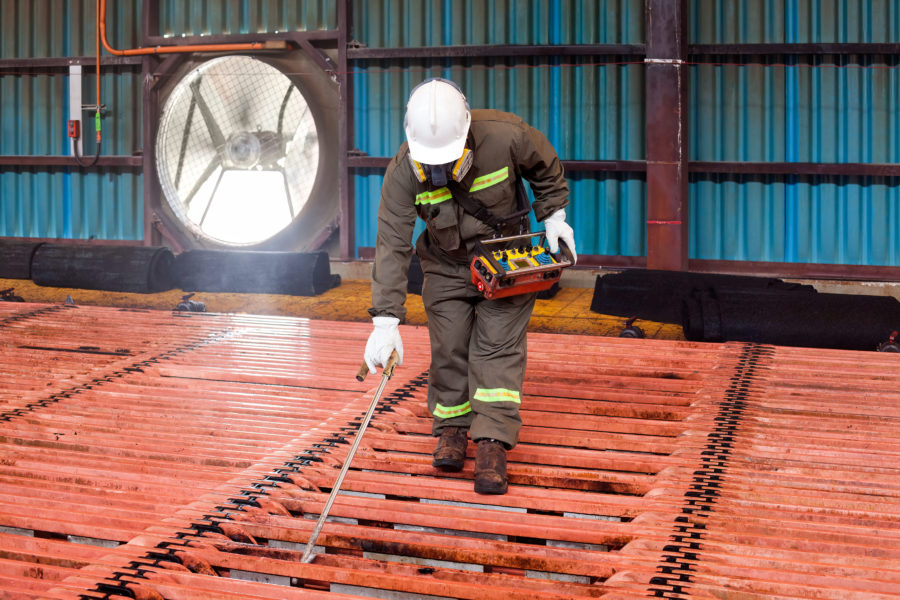Asia shifting to modern coal powered generation
A new report by the International Energy Agency (IEA) – Clean Coal Centre – has detailed the changing electricity generation landscape in the rapidly growing countries of South and East Asia.
The findings of the report indicate a strong uptake of cleaner high efficiency low emission (HELE) coal fired power stations amongst the ten surveyed countries.
An impressive 670 of these generation units are already operating in these countries. Moreover, there are an additional 1066 now under construction or planned, which is the equivalent of 24 times Australia’s current coal fired generation. This is the fastest expansion and modernisation of coal fired generation in history.
HELE coal-fired generation is significant as they emit 20 to 25 per cent less CO2 than the average of exiting power stations and up to 40 per cent less than the oldest technology in place. Furthermore the most modern plants are using accompanying technology to reduce all other emissions including particulates to levels that comply with the most stringent urban air quality requirements.
This energy transition occurring in Asia is good news for demand for high quality Australian coal which is most suited for use in modern, cleaner generating plant. It is also a major step in reducing emissions growth and this is occurring without compromising much needed economic expansion.
It’s no longer a choice between having access to affordable base load energy and needing to mitigate emissions – we can do both.
In the 10 Asian countries studied – Bangladesh, China, India, Japan, Malaysia, Philippines, South Korea, Taiwan, Thailand, and Vietnam – an estimated 1.1 billion tonnes of CO2 abatement annually will result from the planned deployment of HELE rather than older typical subcritical technology.
What’s more if the most advanced ultra-supercritical technology was applied across the board the savings would be in the order of 2 billion tonnes, equivalent to India’s current annual emissions. This would be 53 times more effective than Europe’s emissions trading scheme.
The findings of this report will be of great disappointment to critics of the coal industry, as we continue to see growing demand for affordable base load energy and particularly in Asia. The IEA has estimated an additional 1 billion tonnes of coal will be used in 2019 compared with today.
By 2040 global coal trade will grow by 40 per cent and it is expected Australia will capture the largest share of that growth with the Department of Industry and Science expecting Australia to regain its position as the world’s top coal exporter by 2017.
The report and summary can be read here: http://bit.ly/1EWNxFb
Greg Evans, Executive Director
{{ commodity.name }}
{{ post.title }}
{{ post.date }}



Comments